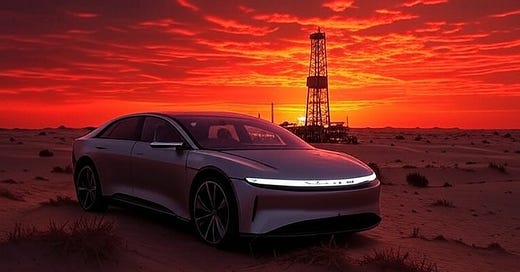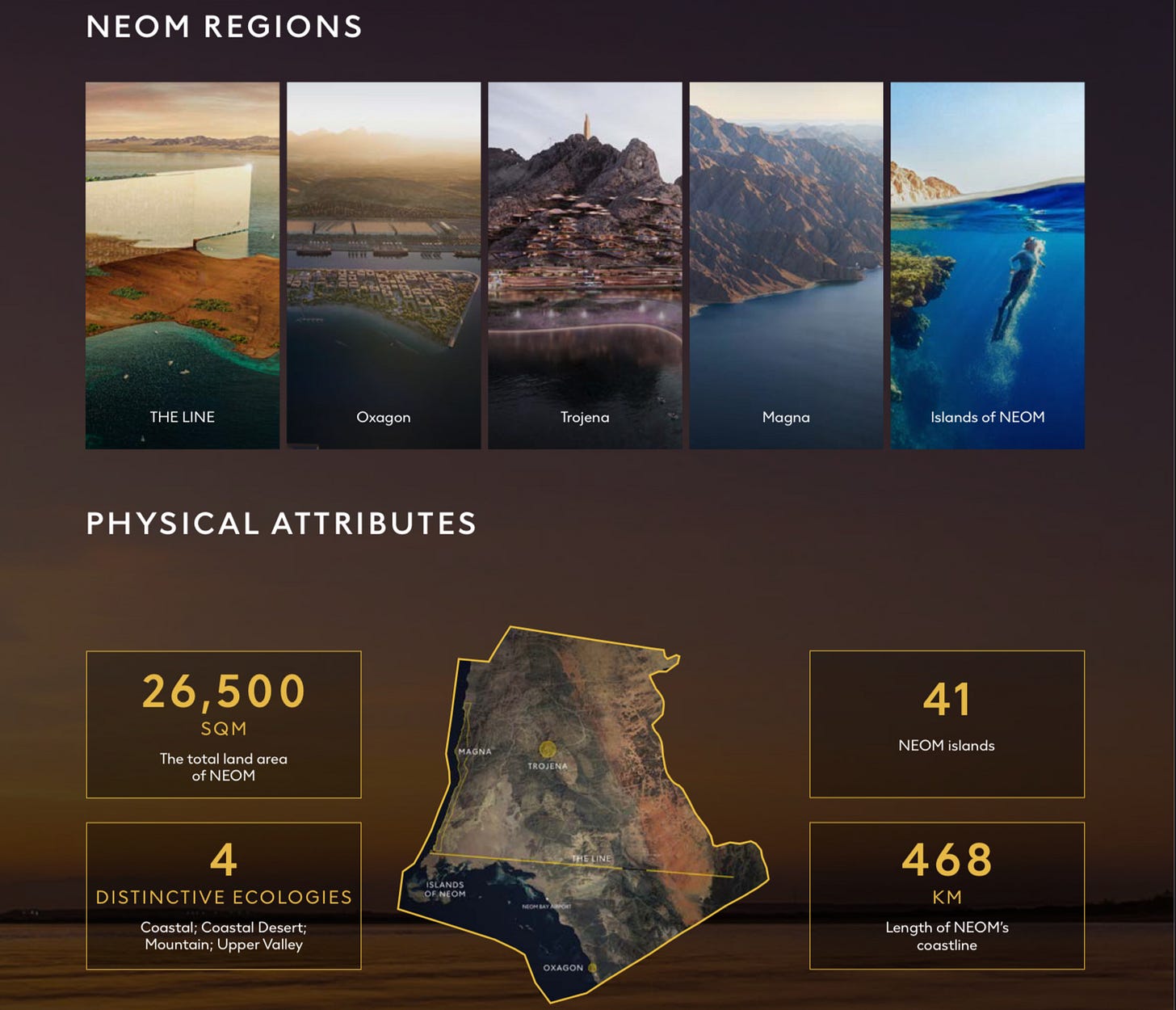Saudi Arabia’s Clean Energy Transformation: Vision 2030 and Global Partnerships
Saudi Arabia is shifting from an oil-driven economy to a diversified, sustainable one through Vision 2030, launched in 2016. The Public Investment Fund (PIF), managing $925 billion in assets in 2025, leads this transition by investing in renewable energy, electric vehicles (EVs), and critical minerals to reduce the country’s reliance on oil, which accounted for 62% of fiscal revenue in 2024 and a smaller portion of GDP. Strategic U.S. partnerships support Saudi Arabia’s push for energy independence, linking Vision 2030 with secure, sustainable supply chains. European partnerships also contribute to these efforts, but challenges persist, including dependence on foreign technology, competition from China, and tensions over human rights, social values, and cultural beliefs.
Historical Context and PIF’s Role
Since the 1930s, Saudi Arabia’s economy has relied on oil, with Saudi Aramco, created on May 29, 1933, as the California-Arabian Standard Oil Company and fully nationalized as Saudi Aramco in 1988, establishing the kingdom as a global energy leader. Oil revenues have funded infrastructure and social programs but expose the economy to price volatility. Non-oil GDP reached 52% in 2024, but oil’s 75% fiscal share underscores the urgency of energy independence.





